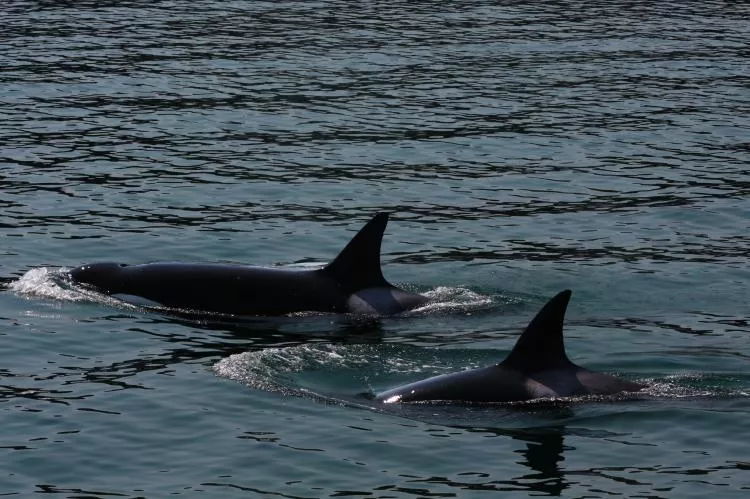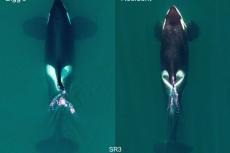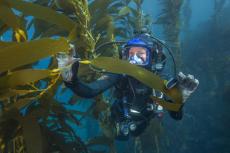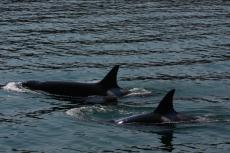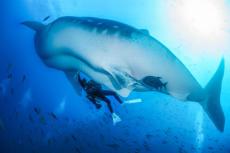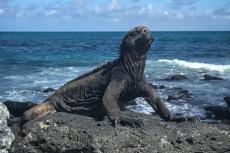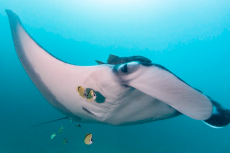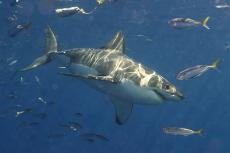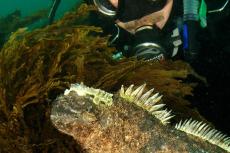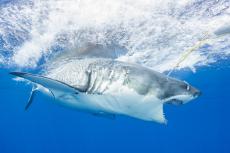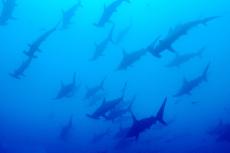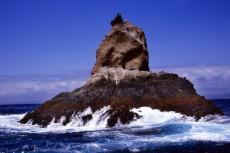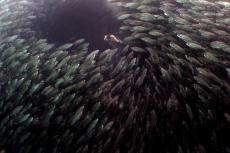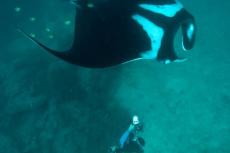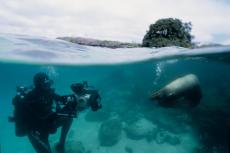Potential New Orca Population in Northeastern Pacific
A pod of orcas seen preying on marine mammals, such as sperm whales and a sea turtle in the open waters off the coast of California and Oregon, may represent a previously unidentified population.
Researchers from the University of British Columbia (UBC) have uncovered compelling evidence of a potentially new population of killer whales in the Northeastern Pacific, distinct from known orca ecotypes.
This discovery, documented in a recent study published in Aquatic Mammals, is based on observations of 49 orcas exhibiting unique hunting behaviours, including predation on sperm whales and sea turtles, off the coasts of California and Oregon.
The study, led by UBC's Josh McInnes and Dr Andrew Trites, highlights nine encounters with these orcas from 1997 to 2021, showcasing their distinctive physical features and predatory patterns. Unlike the resident, transient, and offshore killer whales familiar to these waters, this group exhibits varied dorsal fin shapes and unique saddle patch patterns, akin to those found in tropical killer whales.
Vital clues
A significant indicator of their deep-water habitat is the prevalence of cookiecutter shark (Isistius brasiliensis) bite scars, suggesting these orcas roam far offshore. The name "cookiecutter shark" refers to its feeding method of gouging round plugs, as if cut out with a cookie cutter, out of larger animals. The encounters also recorded unprecedented behaviours, such as attacking sperm whales—a rare event on the West Coast.
The team aims to further explore this population through additional sightings, acoustic data, and DNA samples, potentially rewriting our understanding of killer whale diversity and distribution.


